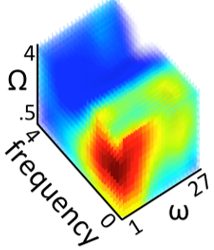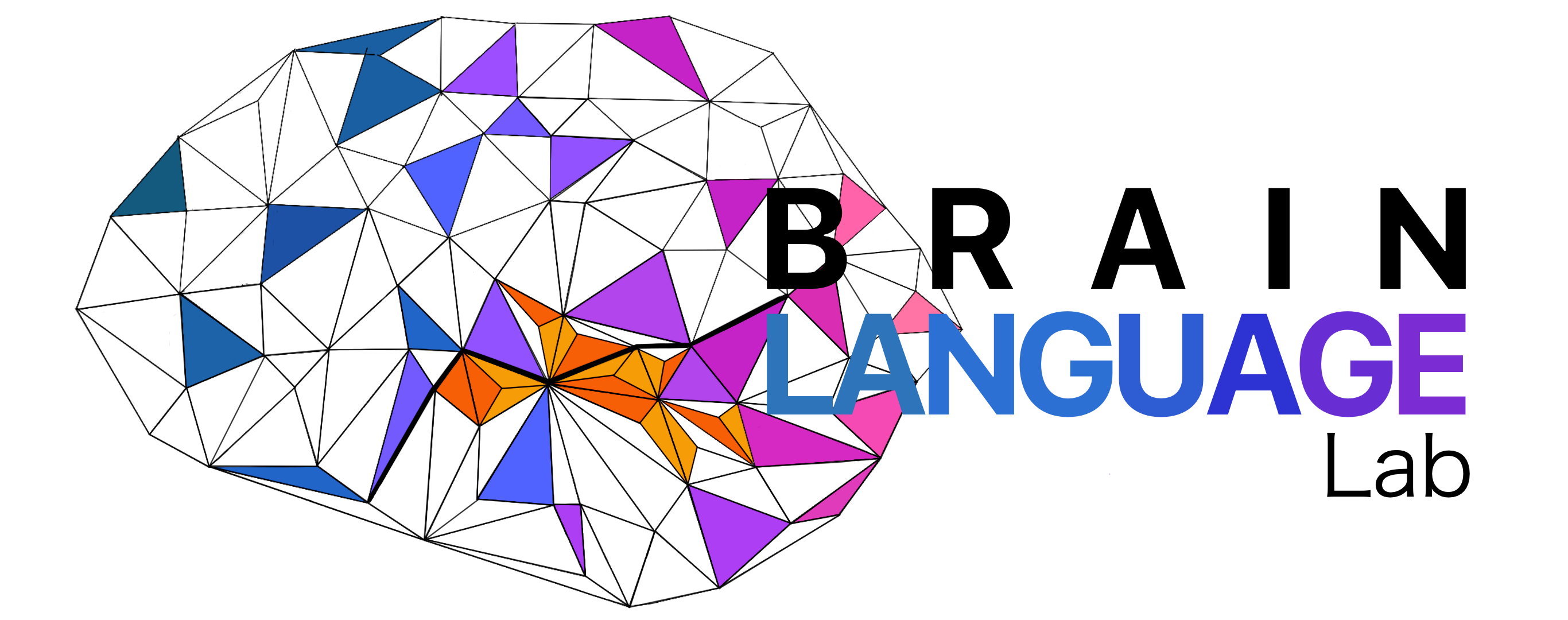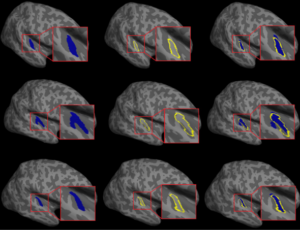
Auditory cortex anatomy – relationships with auditory, language and music processing. We and others have previously shown that variation in auditory cortex size and shape is related to linguistic and to musical abilities. For example, a larger left Heschl’s gyrus is related to better foreign speech sound perception skills, and also phonetics experts tend to have more gyri in left Heschl’s gyrus. Such differences in shape may constitute an intermediate phenotype for domain-specific aptitude, predisposing people for fine auditory processing abilities. We have recently developed 2 toolboxes allowing the segmentation of the auditory cortex in structural MRI scans, and to extract features such as volume, surface area, thickness and also shape. We are also extending these approaches to novel, spectral shape descriptors. We are applying these toolboxes to a wide variety of data, in the context of lifespan data, gene discovery, brain behavior relationships, musicianship, multilingualism, dyslexia, aphasia to understand relationships with behavior, and to address the relative roles of predisposition versus of experience-dependent plasticity on variation in the anatomy of the auditory cortex and beyond.
Multilingualism and Language control. The lab has a strong and long-standing interest in multilingualism research. We aim to understand brain functional and structural differences underlying bi- and multilingualism, at different levels of language processing (i.e. phonological, lexico-semantic, syntactic), and also with respect to the executive control of language, not only in polyglots but also in language experts (e.g. in simultaneous interpreters). In the last years we have worked on functional and structural plasticity associated with training to become simultaneous interpreters, i.e. experts in ‘extreme language control’. We are planning a longitudinal study to explore cognitive and neural changes associated with L2 learning, beyond the purely linguistic domain. In our work, we characterize bi/multilingual language experience as a continuum, weighing not only the amount of experience, age of acquisition, and usage of each language continuously, but also taking into account typological distance between the language spoken, and this with respect to phonology, lexico-semantics and syntax. We strive towards replication of findings across independent data-sets, and together with international collaborators are seeking to bring a larger body of data together with the view of a larger scale meta-analysis effort.
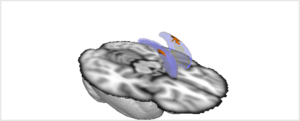
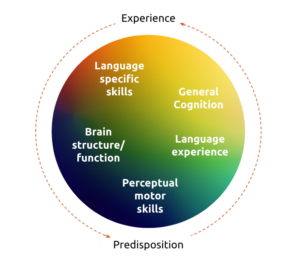
Language Aptitude. Related to the above, in the context of the Evolving Language NCCR-funded work package entitled ‘Aptitude’ (co-PIs: Raphael Berthelé [University of Fribourg] and Narly), we are performing a broad exploration of linguistic but also non-linguistic, domain-specific and domain-general skills that contribute to aptitude for language, at specific levels of processing (i.e. phonetic, lexico-semantic, and syntactic). The study will be performed in people having diverse language skills and/or experience (i.e. in monolinguals, poly- and hyperpolyglots, and in individuals with dyslexia). In this exploratory project we are assessing a wide range of behavioral measures, including measures of phonological, lexico-semantic and morphosyntactic skills, but also executive skills, different components of memory, arithmetic skills, and fine motor skills, in order to identify the main dimensions that might underlie specific aspects of language aptitude. We will also perform brain functional and structural imaging to explore the neural underpinnings of individual differences in aptitude. You can hear more about this WP here from Narly, and in Irene’s SNL 2021 presentation.
Computational modeling approaches for modeling different levels of language processing in the brain. Another main research theme involves the use of computational modeling approaches to shed light on the mechanisms underlying the processing of specific levels of information in the speech signal. For example, recent work using 7T fMRI has shown that the auditory cortex ‘amplifies’ the very acoustic features that are relevant for processing linguistic (e.g. phonetic) and paralinguistic (e.g. speaker) information on identical speech input. We are extending this work to dyslexia, to test whether the encoding of rapidly changing temporal information may be altered in this reading disorder, and we are extending these approaches to higher levels of information (i.e. phonetic features). Finally, within a second NCCR-funded WP entitled ‘ProsodyToMeaning’ (co-PIs: Martin Meyer [University of Zurich] and Narly), we are using computational modeling to understand how prosodic features may assist speech comprehension, via potential boosting of syntactic features; see Giulio & Narly’s Leipzig Lectures on Language on this project (09/21).
